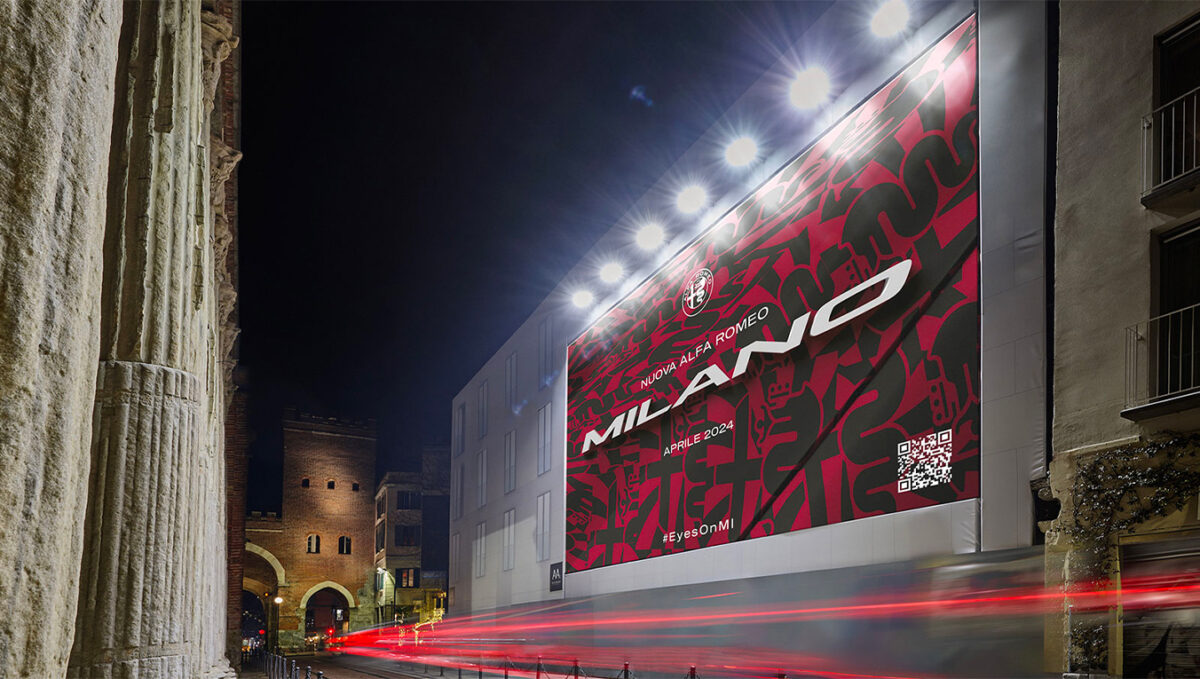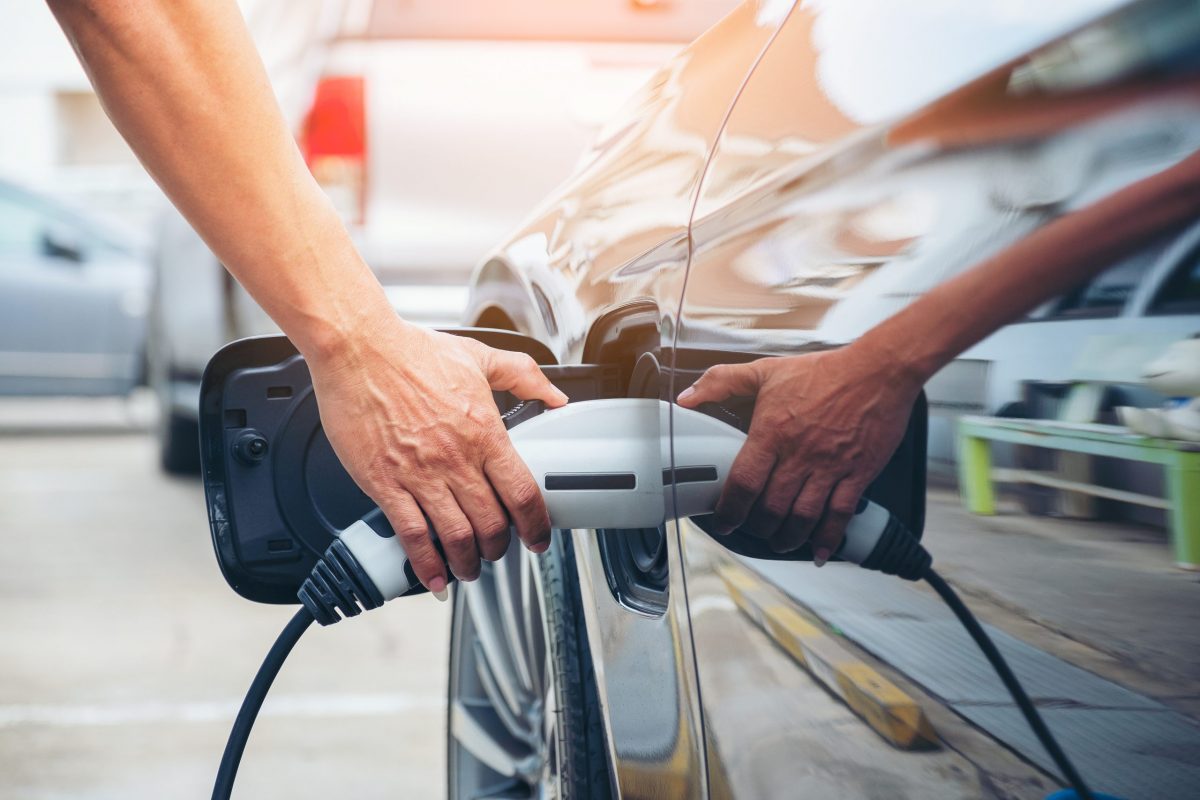While the automotive industry continues to pump money into developing electrified powertrains, consumers continue to pump fossil fuels into their cars. Owning an electrified vehicle is simply not an attractive proposition for most drivers today, and even mild-hybrids – which operate almost exactly like a traditional gasoline or diesel vehicle – have seen slow adoption.
According to the European Automobile Manufacturers Association (ACEA), future CO2 reductions are “strongly dependent on sales of alternatively-powered cars.” Recent data shows that in the first quarter of 2018, registrations of battery electric vehicles (BEVs) and plug-in hybrid electric vehicles (PHEVs) rose 34.3% and 60.2% respectively in the European Union (EU). Compared to the first quarter of 2017, the number of hybrid electric vehicles registered in the EU, including mild-hybrids, rose 25.7%.
While recent growth rates are significant, the market share of these vehicles remains miniscule compared to that of conventional diesel and gasoline cars; in the first quarter of 2018, diesel and gasoline vehicles accounted for 93.4% of the EU new car market. The proportion of alternative vehicles is expected to grow in coming years as more offerings hit the market; Tier 1 supplier Magna projects that more than 40 different powertrain architecture variations will be available within the next few years.
However, highly efficient and zero emissions vehicles have been available on the market for years, and in order to create a positive image for electrified powertrains and generate serious demand, they must offer additional benefits above and beyond reduced running costs. “Electrification is mainly driven by legal requirements, and the end consumer is not yet willing to buy these vehicles,” mused Anton Mayer, Senior Vice President of Engineering at Magna Powertrain. “Because of this, electrified powertrains have to offer additional functionalities for drivers.”
More specifically, he believes that the industry must cater to the emotional factor behind many consumers’ purchasing decisions, which is why most new cars are offered with both low-performance and high-performance variants. Many new car buyers are not tempted by cost efficiency alone, and a greater emphasis must be placed on driving enjoyment. “For people who make emotional decisions, there are extremely good arguments for electrified vehicles – the acceleration is great, for one,” he told M:bility. Magna has been developing a dedicated electrification strategy – dubbed etelligentDrive – to develop various stages of hybridisation. The first elements are based on 48-volt (48v) architecture, then PHEV, and eventually full battery electric.
Addressing these phases in the run up to BEVs is vital, Mayer explained, as current projections suggest that by 2025, around 95% of new vehicles will continue to feature ICEs, 65% of which will be electrified in some form.
Calculating the benefits
Magna may not be the first company that comes to mind when considering powertrain electrification, but its PHEV systems have been in serial production since 2012. A PHEV is often considered a stepping stone toward full electric vehicle ownership, with 48v mild hybrids seen to be a more attractive mid-point.
According to Magna, the benefits of electrifying a conventional ICE can be presented through the unconventional equation of ‘1+1=3’. As Mayer puts it, adding electrification to an ICE brings a raft of additional functionality. “If we combine these systems, we can reduce the number of variants the OEM has to create, and we can optimise the drivability of the vehicle – a very relevant consumer function,” he explained. “We also have the functional cost advantage of a highly integrated solution, and at the end of the day we can significantly reduce emissions. This equation becomes extremely meaningful for OEMs.”
Improved traction and handling, and thus safety and driving dynamics, are some of the key areas Magna has been investigating. It has tested a range of technologies on various platforms – from a B-segment hatchback to a V8 premium sedan – including a 48v mild-hybrid transfer case that enables an all-wheel drive vehicle to be more efficient than its two-wheel drive equivalent.
“We’re giving automakers the flexibility to easily integrate 48-volt drives into their existing drivetrain layouts,” said Swamy Kotagiri, Magna’s Chief Technology Officer and President of Magna Powertrain. He added that the company’s electrification strategy is focused on not only improving powertrain efficiency, but also “driving dynamics and safety.” In fact, these elements underpin one of the four pillars of Magna’s etelligentDrive powertrain strategy, which states: “The customer of tomorrow also expects an eVehicle to provide high performance and to be fun to drive.”
Get a grip
While BEVs offer a gratifying surge of electric torque, 48v systems cannot provide the same degree of performance. They can, however, facilitate a high performance electric all-wheel drive (eAWD) system, which Magna demonstrated during a June 2018 event held at the Red Bull Ring race circuit in Spielberg, Austria.
Here, a range of working prototypes were put through their paces, including a modified BMW 550i with the aforementioned 48v ePower split high-performance transfer case. This creates the ‘ideal AWD traction’, and comes with an intelligent ‘mode shifter’ that can switch between torque vectoring – for improved driving dynamics – and 48v regeneration independent of ICE operation for efficiency. Current tests have found that this technology can reduce CO2 emissions by up to 18% compared to the standard vehicle, based on the WLTP cycle. There are significant benefits in terms of traction, too, particularly when it comes to gradeability. This describes a vehicle’s ability to climb steep slopes, and is a crucial factor when driving on slippery and uneven surfaces where the vehicle is at increased risk of losing grip and sliding back. “These AWD systems accentuate the safety of a vehicle by maintaining traction on the road’s surface, through managing torque and getting the vehicle back to normal in the event of slipping or sliding,” explained John Zalewski, Global Product Manager, Driveline at Magna International during a visit to a Michigan-based winter test facility back in 2016.
To better understand how electrification can benefit an ICE vehicle beyond efficiency, consider a typical front axle driven C-segment car as a benchmark for comparison. With a 100kw (135bhp) ICE alone, this vehicle can accelerate from 0 to 100kph (0-62mph) in around 8.5 seconds, and will emit roughly 120gCO2/km. With no electrification, this vehicle has a 10% gradeability on snow, and suffers from understeer – typical driving behavior for this kind of layout.
Add in a 15kw 48v e-motor – often referred to as an ‘eMachine’ – to the same vehicle, and CO2 emissions fall by approximately 16%. An additional 48v system along with an electric rear axle would improve the 0-100kph acceleration by one second, but without increasing CO2 emissions. However, gradeability on snow improves from 10% to 20%. “This is a huge performance increase,” noted Mayer. “The vehicle has improved lateral dynamics on icy roads, and has improved stability during tight cornering. This powertrain also presents a huge opportunity to add additional end consumer functions.”
Electrification is mainly driven by legal requirements, and the end consumer is not yet willing to buy these vehicles. Because of this, electrified powertrains have to offer additional functionalities for drivers
By adding a high voltage eMachine on the front axle as part of a PHEV architecture, this would equate to a total power output of around 185kw. Acceleration from 0 to 100kph would improve slightly – to just under 7.5 seconds – but CO2 emissions could be reduced dramatically by 75%. By moving the eMachine to the rear axle instead of the front, and with the ICE still powering the front axle, this architecture would produce 185kw of power and sprint from 0 to 100kph in around 7 seconds, with the same 75% CO2 emissions reduction. Thanks to eAWD, gradability on snow would be 20%. “But with this car, you also have the capability of driving in zero emission zones, and lateral dynamics can be dramatically improved through electric torque vectoring,” added Mayer. “This allows for independent control of torque on the front and rear axle – longitudinal torque vectoring – which makes driving fun.”
The most advanced level of hybridsiation, which Mayer describes as the ‘premium corner stone’ of Magna’s electrification model, will have electric motors on the front and rear axles, as well as the power from the ICE. Here, the combined e-power provided at the front and rear is greater than that of the ICE. In this configuration, Eco, Auto and Sport modes can be set to tailor the way in which electrical torque is delivered, and how the ICE is utilised.
Eco mode aims to create the most significant emissions reductions; maximum power and performance is reduced, and driving dynamics is described as ‘comparatively lazy.’ Sport mode offers completely the opposite; best possible traction and acceleration thanks to longitudinal torque vectoring, and optimum driving dynamics. Auto mode allows the vehicle to shift between these two modes via ‘independent adaption’.
Taking to the track, which is used to hold the Austrian Grand Prix, a prototype Volkswagen Golf R developed in-house by Magna proceeds to execute a series of perfectly controlled four-wheel drifts under the expert driving of an ex-Dakar Rally medalist. The capabilities of these different modes quickly becomes apparent; in Eco mode, the vehicle struggles to initiate a controlled slide and instead safely fades wide during hard cornering, encouraging the driver to naturally slow down and perform a smooth arc. But the way in which torque is sent to each wheel can be changed at the tap of a button; Sport mode – or ‘drift mode’ as it is known in this modified Golf R – allows even a novice driver to replicate a seemingly skilled manoeuvre with ease. Software directs torque to each individual wheel where necessary in order to control the slide without spinning out, and enables the car to operate in a relatively predictable manner whilst maximising driving pleasure.
Riding the Milky Way
The idea behind Magna’s eDrive strategy is to provide OEMs with a solution to what are ultimately conflicting goals: meeting consumer demands for functionality and legislation for CO2 emissions reductions.
In general, there are various benefits to each stage of electrification on both sides. For example, PHEVs are seen as the optimum solution for tackling CO2 emissions without compromising driving enjoyment, with an electric rear axle in particular offering optimum vehicle dynamics. A high voltage front and rear axle with eAWD offers the next level of performance whilst maintaining zero emissions capability.
Mayer described the progression of this eDrive strategy as ‘riding the Milky Way’ – a nod to the ‘journey of discovery’ when finding numerous combinations and benefits of electrification at each stage. Looking ahead, he is bullish on the future demand for various elements of this eDrive portfolio. “With all our findings, we have already started with OEMs on certain solutions, and are starting to make the future now,” he concluded. “We believe first standard operation procedures (SOPs) for these solutions will come around 2020, and it is a fascinating concept that describes the future of our business.”
This article appeared in the Q4 2018 issue of M:bility | Magazine. Follow this link to download the full issue



